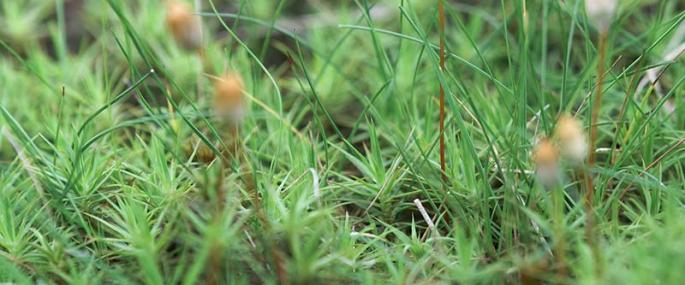The largest moss in the UK, Marsh Hair Moss grows in damp woodland and ditches, and on heaths and moorland. It grows relatively tall and often forms large 'cushions' or hummocks. The fruiting bodies appear in summer - the capsules are borne on a long, red stem and covered by 'calyptra' (capsule covers).
The Wildlife Trusts recognise the importance of healthy habitats to support all kinds of species, so manage many nature reserves for the benefit of all kinds of wildlife. But these precious sites are under threat from development, intensive agricultural practices and climate change. You can help by supporting your local Trust and becoming a member; you'll find out about exciting wildlife happenings, events on your doorstep and volunteering opportunities, and be helping local wildlife along the way.
